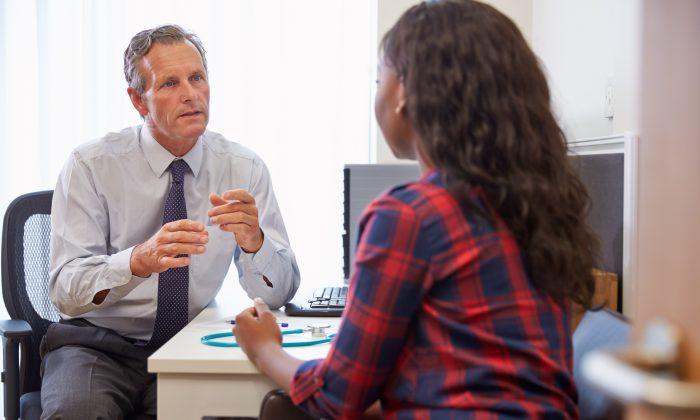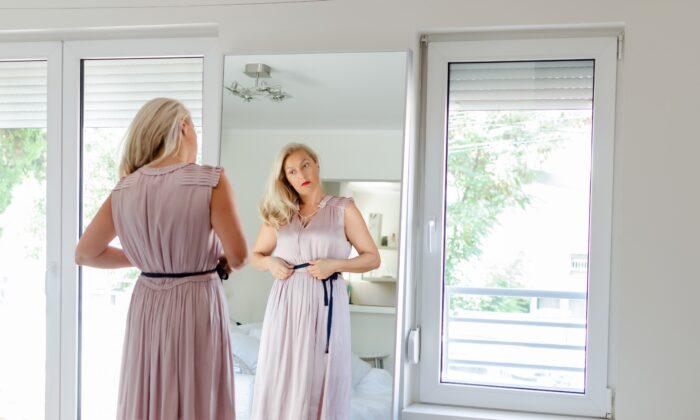I have always believed that the human mind is very powerful. It can be our biggest asset and help us accomplish great things, but it can also be our worst enemy and hurt us tremendously if we let it run wild.
In the first few days after diagnosis, when my mind was really overwhelmed and swirling with thoughts of death, I was researching online everything I could about stage 3 rectal cancer (both traditional medical approaches and alternative.)
During this quest, I happened to come across a YouTube video of a naturopathic doctor recounting watching a hypnotist who told the person onstage whom he had placed under hypnosis that he was going to put a burning, red-hot iron on their hand. The hypnotist then put a spoon on their hand and within seconds, the person developed a burn blister.
The story really made me stop and reflect on what I was allowing myself to think at this most vulnerable and scary time in my life.
Deep down inside, I knew that if I kept dwelling on my fears about death, being forced into early menopause by radiation, living with an ileostomy bag for six months, and getting chemotherapy treatments, I may keep this dark energy around me and possibly even make my entire experience worse.
I knew I had to work on being responsible with my thoughts and emotions during what would be the most challenging road I’ve had to travel yet in my life. Easier said than done, of course.
From that moment on, I was on high alert and paid close attention to where my mind would wander off to during the day. I also consciously used different tools to help me manage my emotions and thoughts. This included tapping into my humor and seeking laughter, starting the day with positive visual stimulation (such as reading websites I enjoyed, or creating a vision board), seeing a therapist, and journaling my thoughts.
To be clear, my goal was to use these tactics to keep my negative thoughts to a minimum or to redirect my thinking when I was starting to see visions of me dying in a hospital bed. It was not to use “positive thinking” to potentially heal my cancer or shrink my tumor.
So, just days after my diagnosis, the first step I took in turning my frightened self around was to start watching television programs that were very funny to me and I knew I could get a laugh from.
I also began a morning routine that focused on looking at things that I knew brought me joy. I absolutely love Paris, Italy, black-and-white photography, gardens, castles, well-decorated interiors, healthy eating, and beautifully dressed people. So I used my internet search engine to research these topics, and I found a bunch of Instagram sites and YouTube personalities that I could follow and soak in their great content, or gorgeous photographs and videos I knew would lift my spirits. I would wake up at 5 a.m. (I’m a natural early bird) and make myself tea or coffee, slip back into bed, and spend an hour reading through my favorite websites. It was (and is still) such a lovely way to start my day.
I was also seeing my therapist about once a week, which I was already doing before my diagnosis. This gave me a safe place to “let it all out” and just get real and raw with my emotions, which I think is critical when battling a serious illness. I found it hard to do this with family and friends to the degree that I did with my therapist. It was great to have someone there to talk to who wasn’t so personally involved, but who could really listen and help me navigate my feelings.
It wasn’t until a bit later on, during the middle of my radiation treatments, that I started writing a blog about how I felt and what I was going through. I found this to be incredibly empowering. It kind of gave me a job to do, as I had already gone on medical leave by this point. Although I didn’t keep it up as my treatments progressed (I didn’t feel as well physically), it did give me an outlet at different points along the way.
Did these tactics in and of themselves help me erase all the negative thoughts and fears that I had at diagnosis and during my treatments? No. There were times when I was fully engulfed in fear, struggled with physical pain, or faced a tidal wave of emotions, which I lovingly call “meltdowns.” These are normal experiences and to be expected. But I can say that I didn’t dwell in any of these negative stages for too long, thanks, in part, to these tools.
I hope that sharing this has sparked some ideas for approaching the overwhelming flood of thoughts, moods, and emotions faced during a serious illness. Here’s to putting our brain cells to better (or at least less harmful) use.
Join me next time when I'll share some of the approaches I’ve used to manage the toll that cancer and its treatment have had on my body.
Until then, breathe deep, be kind, and take it one day at a time.






Friends Read Free